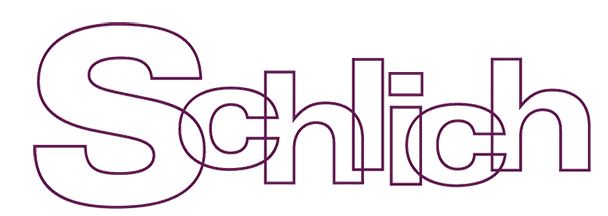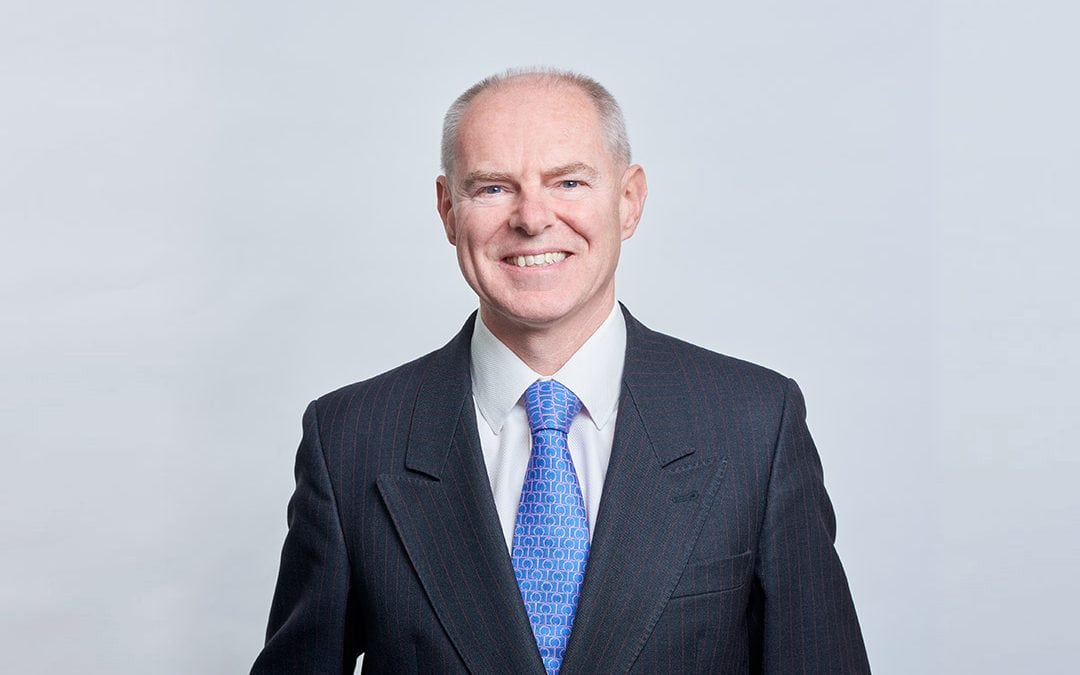Lite-Netics, LLC ‘Lite-Netics’ and Nu Tsai Capital LLC, d/b/a Holiday Bright Lights ‘HBL’ sell string lights primarily for use in decorating buildings during the holiday season. Lite-Netics brought an infringement action against HBL before the District Court of Nebraska with respect to two US patents. It also sent notices to some of its customers, also customers of HBL, asserting infringement and its intent to enforce its rights. HBL filed counterclaims, including for state-law torts, and requested a temporary restraining order (TRO) and subsequent preliminary injunction to prevent Lite-Netics making accusations with respect to patent infringement. The District Court granted both the TRO and subsequent preliminary injunction but on appeal the Federal Circuit found that the District Court abused its discretion in issuing the preliminary injunction because the bar to stopping free speech was clearly not met.
Background
In August 2022, Lite-Netics, LLC ‘Lite-Netics’, who sell string lights with magnets for attaching to a surface such as a roof edge during the Christmas period, brought an infringement action against Nu Tsai Capital, LLC d/b/a Holiday Bright Lights (HBL) ‘HBL’ before the District Court of Nebraska, alleging infringement of two US patents (US7,549,779 and US8,128,264).
Claim 1 of US7,549,779 is shown below:
A light fixture assembly, comprising:
(a) a light bulb socket with an opening at the first end for accommodating a light bulb and at least one opening at the second end, wherein the socket includes a conductor that places a light bulb inserted into the first end in electrical contact with electrical wires inserted through the socket;
(b) a base attached to the second end of the light bulb socket; and
(c) a neodymium magnet embedded in the base wherein said magnet had a pull strength of at least five pounds
Claim 1 of US8,128,264 is shown below:
A light fixture assembly, comprising:
(a) a light bulb socket with an opening at a first end for accommodating a light bulb and a second opening for insertion of electrical wires, wherein the socket includes two conductors that places a light bulb inserted into the first end in electrical contact with said electrical wires;
(b) a base integrally attached to the second end of the light bulb socket; and
(c) a magnet embedded in the base such that said magnet does not protrude outside of said base, wherein said magnet has sufficient pull force to hold said light fixture assembly to a ferrous object while said light fixture assembly is connected to a string of other light fixture assemblies
HBL sells a first product called the ‘Magnetic Cord’ which uses two half-disk magnets at the socket base. HBL also sells a second product called the “Magnetic Clip” which when mounted on a socket, converts a non-magnetic light string to a magnetic one.
Aside from the infringement action, Lite-Netics also sent two notices to its customers (e.g. stores that sell the lights), some of which were also HBL customers, informing them of (i) allegedly infringing competitors in the market and (ii) their intention to enforce their patent rights. The first notice, sent prior to the infringement action being brought, didn’t identify the allegedly infringing competitors but the second notice, sent after the infringement action was filed, identified HBL.
Subsequent to the second notice being sent, HBL filed a series of counterclaims in the pending infringement action. HBL also requested a temporary restraining order (TRO) and a preliminary injunction against Lite-Netics, based on its tortious-interference and defamation claims, to prevent Lite-Netics from making statements accusing HBL of infringement and from suggesting that their customers might be brought into the infringement proceedings.
In October 2022, the District Court of Nebraska issued a preliminary injunction against Lite-Netics preventing them from suggesting that HBL is an infringer and that HBL customers might be sued. In issuing the preliminary injunction the District Court found that Lite-Netics’ infringement allegations were clearly meritless and thus their communications were issued in bad faith.
Lite Netics appealed to the Federal Circuit.
Decision
The Federal Circuit held that federal patent law pre-empts state-law tort liability for a patentholder’s good faith conduct in communications asserting infringement of its patent and warning about potential litigation. Thus, HBL’s claims with respect to tortious-interference and defamation can only survive to the extent those claims are based on a showing that the Patentee acted in ‘bad faith’ when asserting infringement and that the claims were objectively baseless. A patent-infringement allegation is objectively baseless only if “no reasonable litigant could realistically expect success on the merits”.
With the above in mind, the Federal Circuit held that the District Court abused its discretion when issuing the preliminary injunction at least with respect to its finding that Lite-Netics’ infringement allegations were objectively baseless.
The Federal Circuit found that the preliminary injunction was essentially based on three legal conclusions: (i) that the claimed magnet is limited to a single magnet with a unitary structure, (ii) that Lite-Netics is estopped from asserting infringement under the doctrine of equivalence and (iii) that the claim terms “attached” and “integrally attached” must be something more than touching.
With respect to (i), the Federal Circuit found that Lite-Netics argument that reference to ‘a magnet’ properly encompassed an arrangement of two magnetic pieces that together had the five-pound pull strength is at least reasonable because ““in patent parlance,” at least in an open ended “comprising” claim, use of “a” or “an” before a noun naming an object is understood to mean to “one or more” unless the context sufficiently indicates otherwise”.
The Federal Circuit noted that the patent uses “the” or “said” when referring back to an antecedent “a” phrase, but argued that that usage does not itself suffice to demand the singular meaning because if the “a” phrase means “one or more,” so would the subsequent reference-back phrases. It was also noted that the patent never shows embodiments with more than one magnet, but the Court found that they have generally rejected an inference of claim limitation on such a basis, where the embodiments are merely illustrative.
The Court further held that there is nothing in the ’779 patent that indicates that the evident purpose of the magnet on the socket base (to attach the light string to a metal surface) can be achieved only, or with specified effectiveness, through a single (or single-piece) magnet, rather than a plurality of magnets collectively having the specified pull force.
With respect to (ii) the Federal Court held that HBL has not shown that during prosecution Lite-Netics made amendments or statements concerning the number of magnets that would make prosecution history estoppel clearly applicable such that Lite-Netics claim is objectively baseless.
With respect to (iii), the Federal Circuit ultimately held that Lite-Netics’ construction of “attached” as broad enough to cover connecting without fastening is not objectiveless baseless.
Interestingly the Federal Circuit commented that ‘HBL has not argued that we should uphold some portions of the preliminary injunction even if we find other portions to be an abuse of discretion. In this case, with no such argument, we will not do so, but instead will vacate the injunction if it is based on an abuse of discretion’. Accordingly, it might be the case that HBL seek a narrowed preliminary injunction but for now free speech prevails.









